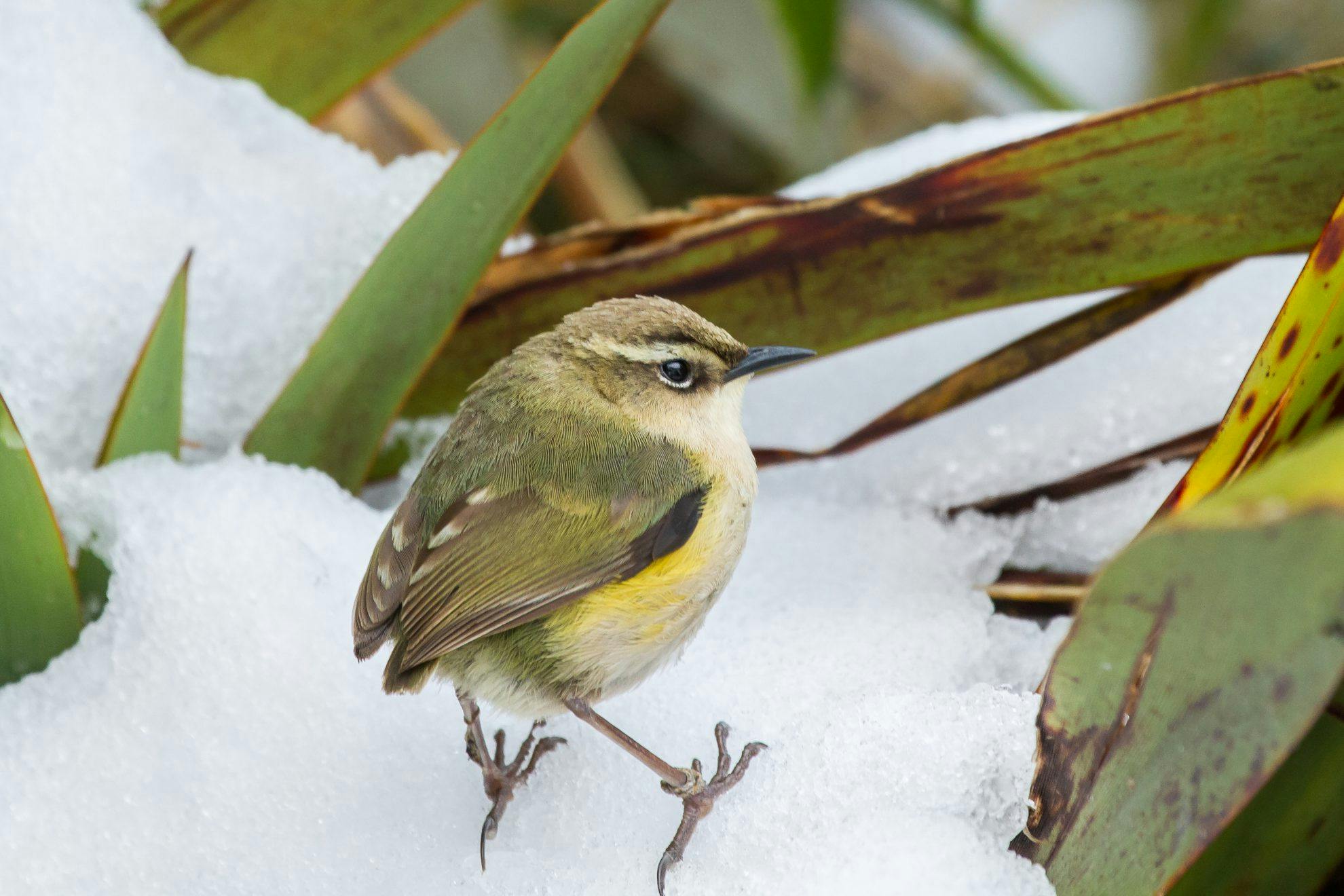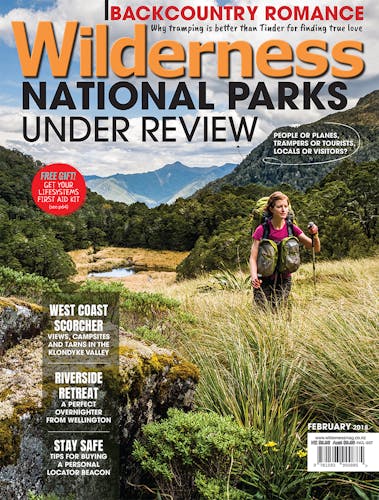The rock wren is the only true alpine bird in New Zealand, living above the bushline for its entire life
New Zealand once had six species of the wren. Today, there are just two – the rifleman and the rock wren.
Conservation status: The rock wren (piwauwau or tuke) is endemic and classified as nationally endangered.
Features: At 10cm long and only around 16g to 20g, it is one of our smaller birds. It is dull green on top and grey-brown below, with yellow flanks. Females are plainer, being a dull olive-brown. This wren is somewhat ungainly, with long legs, feet and toes and its ‘round-shaped’ wings lead to it being a weak flyer.
Call: A very high pitched three note and a ‘whirring’ call.
Nesting: Breeding takes place over spring and summer. The birds build fully enclosed nests with a small entrance at ground level in cavities within natural features, such as rocks or the base of flax bushes. One of the wren’s favourite nesting materials is feathers from other birds, such as kea and weka. They only breed once a year and clutch size is usually two or three eggs.
Diet: Rock wrens eat mainly insects, especially moths, moth larvae, flies, beetles, scale insects and spiders. They will also eat nectar from flax flowers and fruit from several coprosma species.
Bird spotting tip: Rock wren are widely but very sparsely distributed through alpine and subalpine areas of the South Island, and are most common in Fiordland, South Westland, and Mt Aspiring and Aoraki/Mt Cook national parks. There are also localised populations in Arthur’s Pass, Nelson Lakes and Kahurangi national parks.
Feathery fact: While predators are the main reason the rock wren population is so low, another major contributing factor is their environment. Alpine regions are disjointed, making it difficult for birds to spread into new areas. Being poor flyers inhibits them in this respect.








